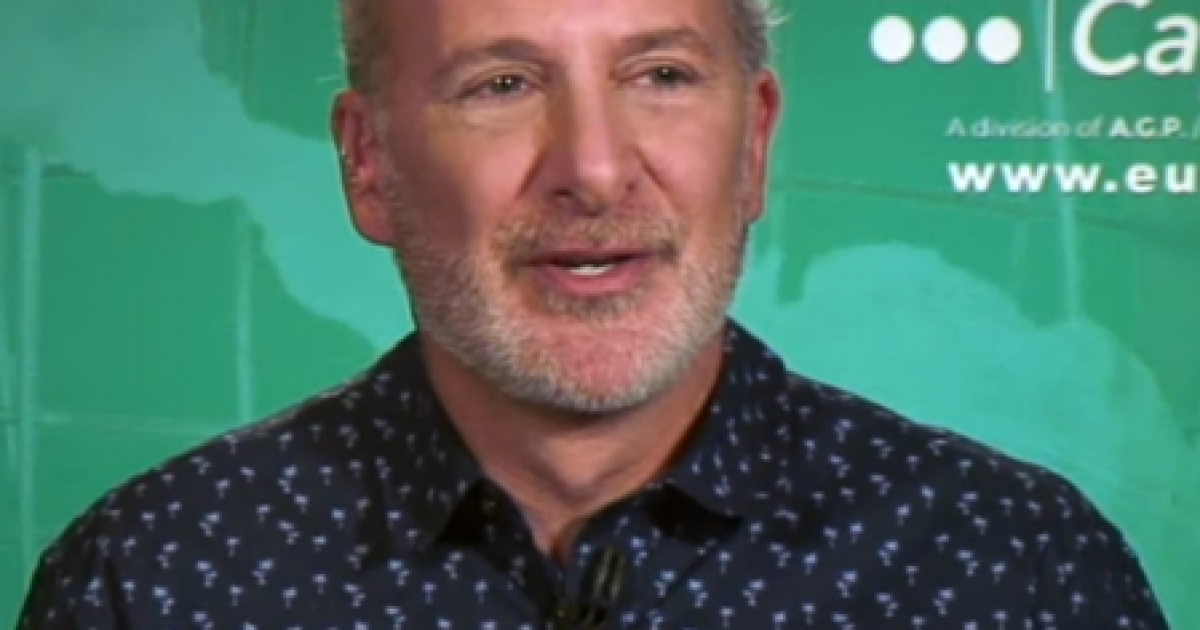
Many mainstream economic pundits are fixated with the Wuhan virus’ impact on America’s economy.
Although government-related shutdowns have brought about considerable instability, there are more nefarious forces in the background which are wreaking economic havoc.
And the sad part is that few people are talking about central banking’s impact on America’s economic prospects. One of those select few people is economist Peter Schiff.
Schiff has built a reputation for being a gold bug who has questioned the central banking religion. He has also been a long-time critic of robust fiscal policy responses by governments during times of economic crisis.
The government response current Wuhan virus pandemic has not been exempt from Schiff’s incisive criticism.
In a recent post for his website Schiff Gold, Schiff stressed that “It’s the government and central bank response to the pandemic — the borrowing, the spending, and the money printing” not the Wuhan virus itself that’s causing all sorts of economic chaos.
Schiff is of the belief that the Fed’s loose monetary policy will destroy the dollar, thus depriving it of its reserve status. In a recent podcast, he talked about what this entire process looks like and why the Fed can’t keep this game going on for much longer.
Although the pro-gold economist has gotten the timing wrong for this development, he still insists that the economic fundamentals point to potential instability further down the line.
In the Schiff Gold article, there was a succinct breakdown of gold’s price fluctuations since the 1970s:
Looking back, gold’s first major rally was in the 1970s when the price went from around $35 to over $800. At the time, Fed Chair Paul Volker’s willingness to get out of the way and allow interest rates to rise sharply to wherever the market was going to take them stopped that rally and kicked off a 20-year bear market in gold.
The article continued:
The second gold rally started after the dot-com bubble popped and ended after gold set its previous record high just over $1,900 back in 2011.
Due to the dollar’s reserve currency status, the U.S. can get away with some degree of misguided monetary and fiscal policies.
The Schiff Gold article highlighted that “The other thing that kept the dollar propped up was the rest of the world slashing interest rates and running their own quantitative easing programs. The dollar got a lot of help from bad monetary policy abroad that made US policy look not as bad in comparison.”
Schiff described the dollar as “the cleanest dirty shirt in the hamper.”
With gold recently rallying, questions are now being raised about what the Feds strategy will be in the near feature. Schiff believes that the Fed can’t raise interest rates the way it did in 1980 simply because the country can’t afford to due to the country having excessive debt and insufficient savings.
In all likelihood, there will be a reversion to easy money policies and a more activist response by the government to provide economic stimulus.
For those concerned about the country’s fiscal direction, it is perhaps time to research alternatives such as gold as a safe-haven asset during a time when economic uncertainty is looming on the horizon. Millions of Americans wealth is at risk, which makes it wise to consider proven safeguards such as gold during these trying times.



